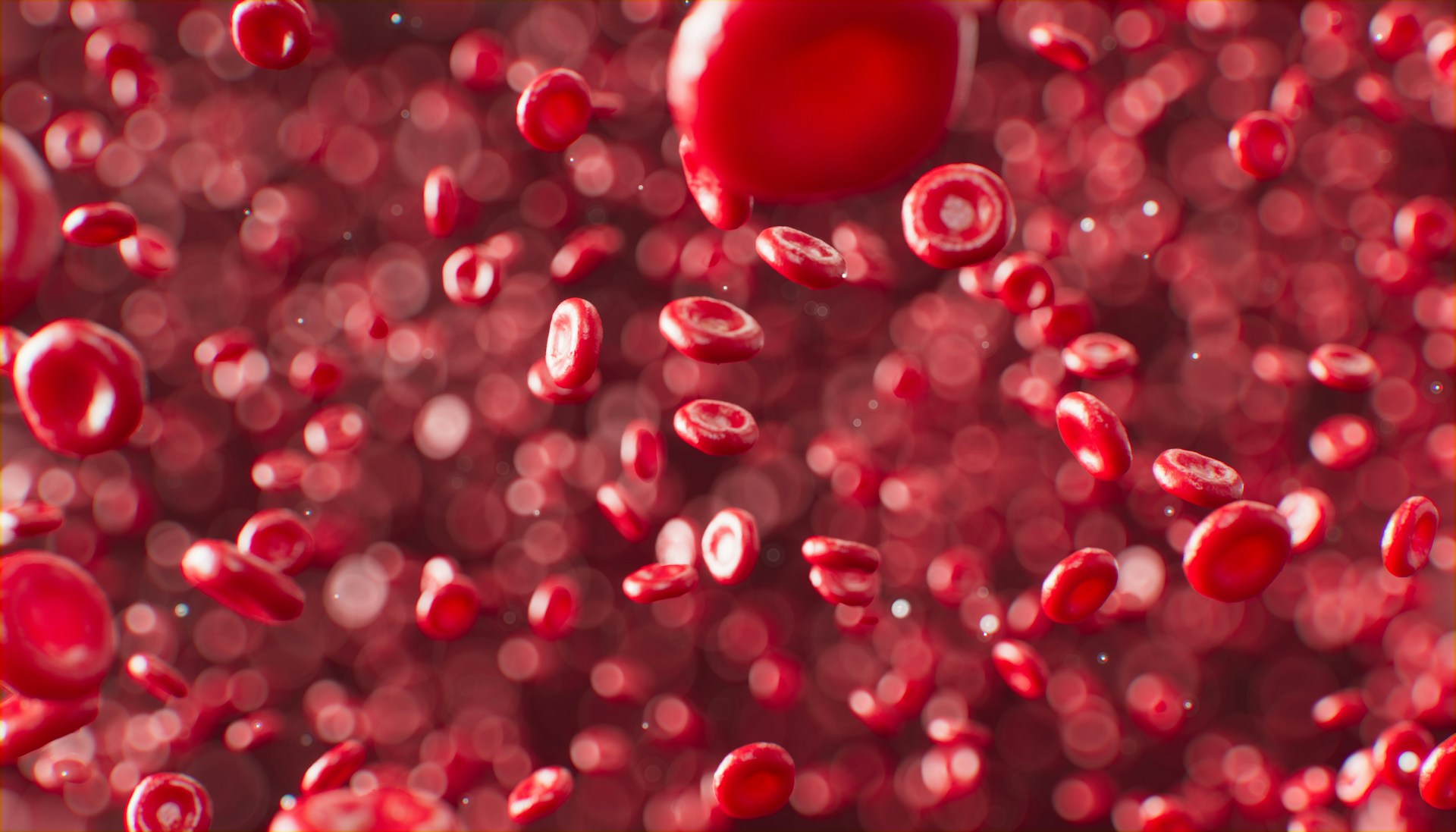When Professor Gregory Tochtrop and his research group at Case Western Reserve University began studying how inflammation alters molecules inside the body, they were exploring a fundamental question of chemistry. Their discovery, however, could reshape how doctors detect disease. The team has found a unique chemical signature that forms during inflammation and developed antibodies capable of recognizing it. This could eventually allow a simple blood test to identify not only the presence of inflammation, but also which organs are affected.
Shi, C., Eskandari, R., Zhang, J., Zhang, G., Li, L., Hawkins, D., Zhu, X., & Tochtrop, G. P. (2025). The unique reactivity of EKODE lipid peroxidation products allows in vivo detection of inflammation. Proceedings of the National Academy of Sciences, 122(6). https://doi.org/10.1073/pnas.2415039122
Inflammation plays a role in nearly every disease; from heart failure and Alzheimer’s to diabetes and cancer; yet current blood tests cannot pinpoint its source. Tochtrop’s group approached the problem by studying the chemical reactions that occur when cells are exposed to reactive oxygen species, highly reactive forms of oxygen produced during immune responses or environmental stress. These molecules interact with linoleic acid, a common fatty acid in cell membranes, to create oxidized products called epoxyketooctadecenoic acids, or EKODEs.
The researchers discovered that EKODEs form stable bonds with cysteine, an amino acid found in many proteins. This reaction produces a lasting molecular footprint of oxidative stress. Unlike most amino acids, only cysteine reacts with EKODEs in this particular way, making the resulting compound a highly specific marker for inflammation.
Professor Gregory Tochtrop from Case Western Reserve University stated,
“We looked at the inherent chemistry of the system, predicted what would form, and then searched for them. There are very important translational implications, but this is an example of how looking at things from first principles can really inform the next steps to developing clinical tests.”
Building on this insight, Tochtrop’s team generated antibodies that could detect these EKODE; cysteine products. In laboratory tests using mouse models and human tissue, the antibodies successfully revealed distinct inflammation patterns across organs such as the liver, heart, and pancreas. According to Tochtrop, such an approach could work much like the A1C test for diabetes, which reflects blood sugar levels over time. An EKODE-based test could instead measure where oxidative stress is occurring inside the body.
The study outlines how this chemical process could form the foundation for new diagnostic tools. Beyond clinical testing, the findings could also support drug discovery, since many drugs target reactive cysteines. Knowing where these sites appear naturally under stress could reveal new therapeutic targets or explain why certain drugs behave differently in diseased tissues.
The idea of tracking inflammation through its chemical byproducts is still new, and challenges remain. Detecting these molecules in blood requires highly sensitive methods, and scientists must learn how to interpret differences between normal background levels and disease-specific signals. Large-scale human studies will be needed to confirm whether unique EKODE patterns correlate reliably with particular conditions.
Even so, the research represents an important step toward organ-specific inflammation diagnostics. Other approaches; such as wearable biosensors or rapid point-of-care protein tests; tend to measure overall inflammation. The EKODE method instead focuses on identifying the distinct chemical evidence left behind in specific tissues, providing a deeper molecular map of how inflammation spreads and resolves.
For engineers and chemists, Tochtrop’s work demonstrates the power of combining molecular reactivity studies with sensor design. Antibodies that recognize EKODE compounds could one day be built into portable devices capable of monitoring inflammation with a single drop of blood.
As Tochtrop noted, the discovery emerged not from searching for new biomarkers, but from understanding the chemistry of oxidative stress itself. By studying how simple molecules behave under pressure, his team revealed a new way to read the body’s signals. It is a reminder that major innovations in medicine often begin with careful attention to the smallest details—where chemistry meets biology, and where engineering can turn insight into application.

Adrian graduated with a Masters Degree (1st Class Honours) in Chemical Engineering from Chester University along with Harris. His master’s research aimed to develop a standardadised clean water oxygenation transfer procedure to test bubble diffusers that are currently used in the wastewater industry commercial market. He has also undergone placments in both US and China primarely focused within the R&D department and is an associate member of the Institute of Chemical Engineers (IChemE).



